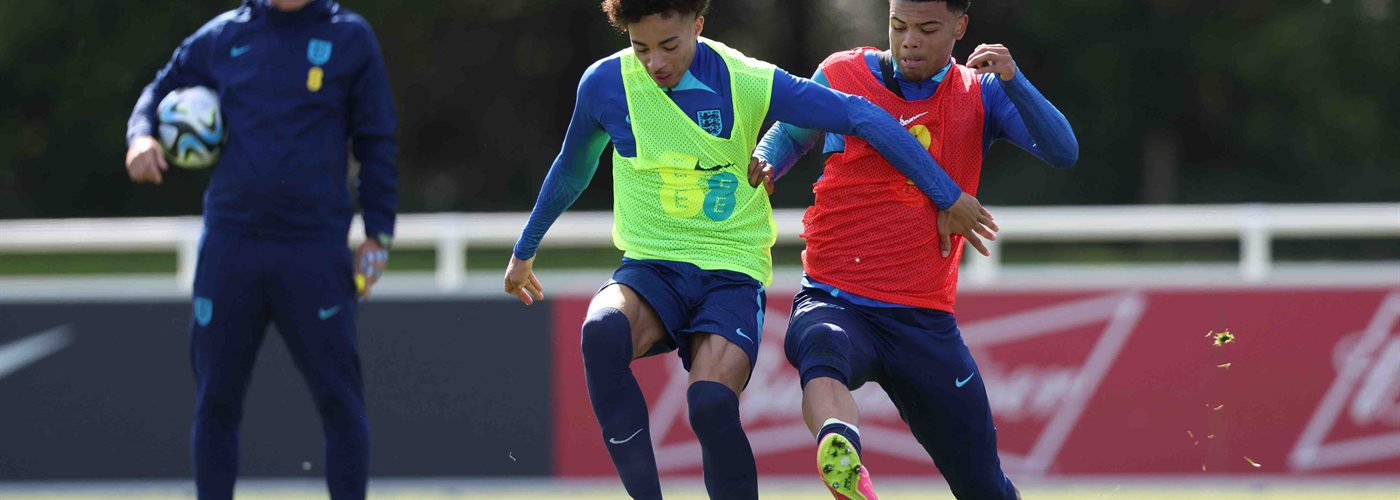In our recent blog post we discovered that the game at the ‘top level’ does not always replicate the game you see with the players you coach. We explored the varied nature of how goals are scored across various ages and stages. This blog delves further into goalscoring and assists, and what this might mean for your practice design.
An assist can be categorised as "the final action from a teammate preceding the goal scorer receiving possession". Therefore, it is a deliberate action to give the ball to a team mate who then scores a goal. In the video below Game Insights Analyst Si Houston illustrates how this can look across various age groups and interestingly we see that only 44% of the Under nine goals analysed featured an assist, but the further up the age groups you progress, the more prominent assists become.
Given that assists become more prominent as players progress through their development journey Claire McDougall-Robinson highlights in the video above how important it is to create an environment where players have the opportunity to form and build relationships with their team-mates. The game is ever evolving and at younger ages it is important players are able to build a relationship with and get comfortable on the ball, but when moving towards older age groups these interpersonal relationships become even more important.
A key question we need to ask ourselves as coaches is ‘Are the practices we plan and deliver age and challenge appropriate?’ They should aim to give the players the best possible chance of transferring their skills confidently and competently from training to matchday.
In order to achieve this, we must take a step back and think about what information we can collect to provide an insight into a particular area we want to focus on within our practices. In this instance we look at goalscoring, and below are just some of the insights we can gather to help us understand how goalscoring might look within the particular environment you coach:
- Finishing location – where was the shot taken from?
- Goal zones – which area of the goal does the ball enter?
- Finishing technique – which are the different techniques players use when finishing?
- External influences – what other factors can impact the goal-scorer? E.g. pressure on the ball
In the video below Si Houston uses Men’s World Cup 2022 insights to demonstrate how some of this information can be collected and visualised. As the second six-yard zone is the most common goalscoring area we explore how you can shine a light on this particular area to answer some of the questions above.
In the final clip Mark Neville provides his interpretation on these findings and uses some of these insights to provide a practice you can use with your players
Top tips for using insights for practice design:
- Don’t just take data from the top level. Measure what game scenarios your players often face within their games.
- Data is the starting point, not the end, use it to sharpen your focus on specific factors when watching video or real-time performance.
- Keep it simple and only collect data/info that’s going to have an impact on your coaching decisions.
If you enjoyed this blog and would like to learn more, you can watch the full webinar ‘How might we use game insight to develop realistic practices for our players’ here.


